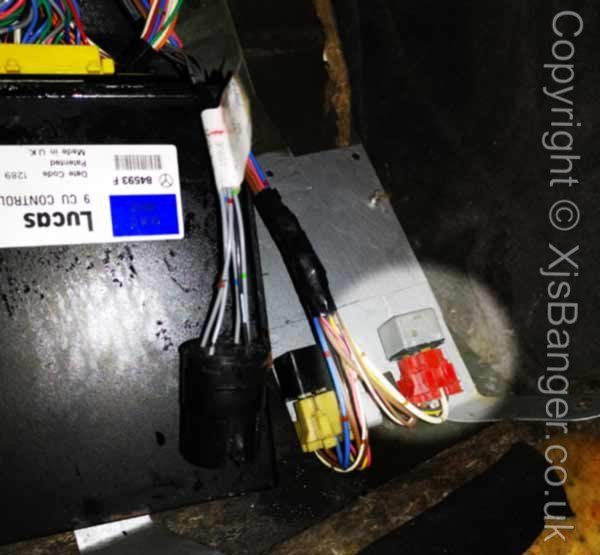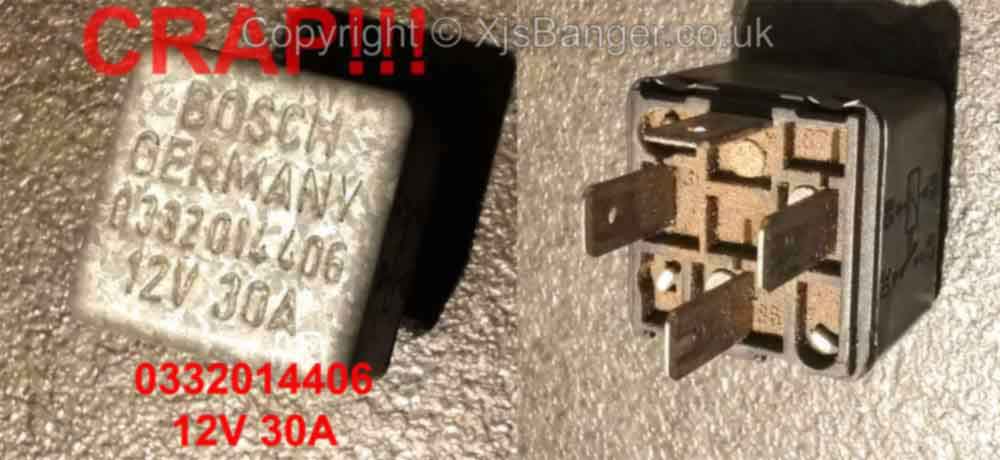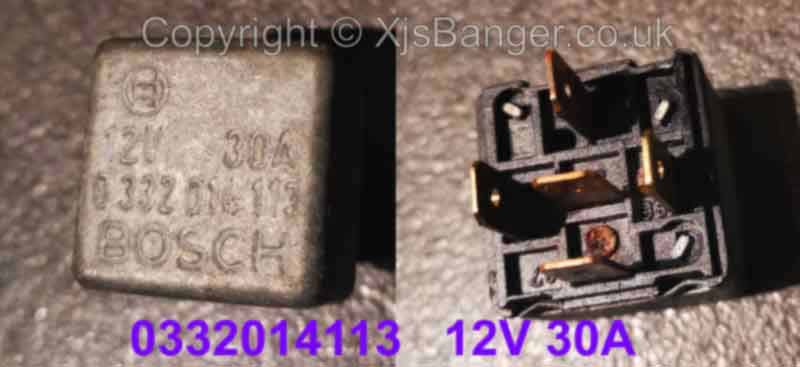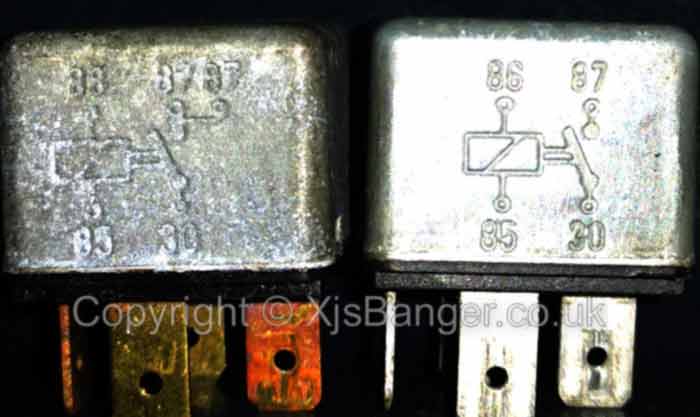Dig into UK version’s passenger footwell, where your wet ECU is located. You will recognise the location by specific smell of classic Jaguar, also known as the Damp. Don’t use that term while in conversation with British Jaguar owners – it’s like insulting their XJS, bathroom or the whole house…
Unbolt the ECU cover from the top – proceed with caution – there may be some metal left in the sea of pure iron oxide.
Now, pull out the silver relay. That’s not clear – correction: pull out the metal one regardless of the colour left on it. If there is no metal left – pull out the with exposed internals.
Clip in your amp meter in the battery circuit. Better? Almost NONE.




